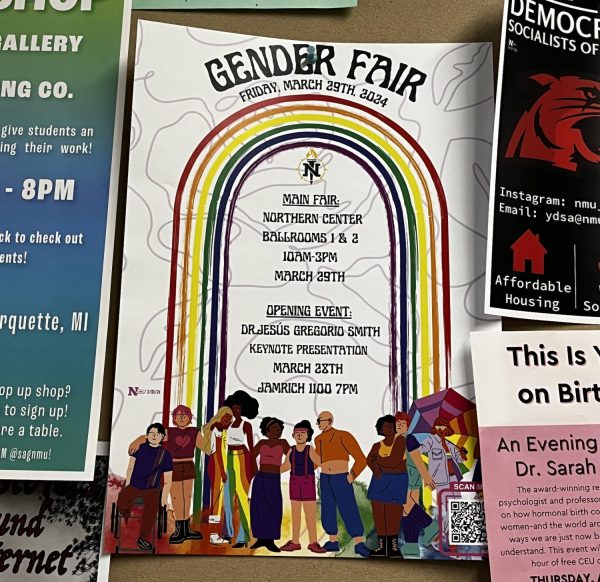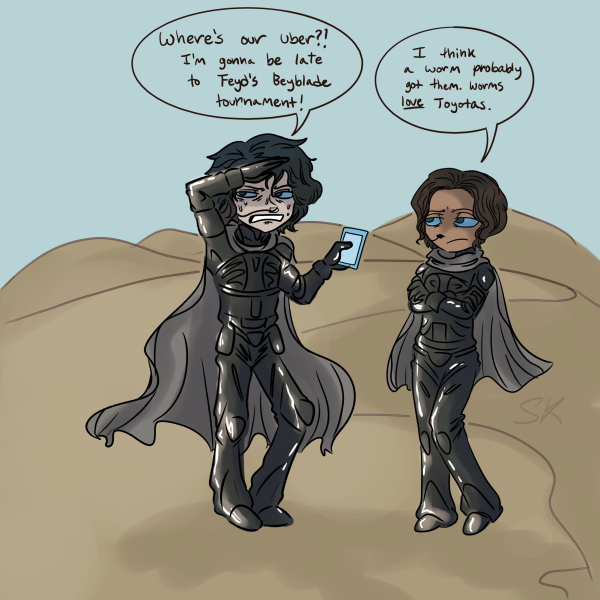Editorial — The problems with monkeypox discourse
September 4, 2022
While COVID-19 continues to be a concern for citizens of the U.S., with over 300 thousand new cases being reported within August alone, a new virus has usurped COVID-19 when it comes to garnering public attention: the monkeypox virus.
The first case of monkeypox in the U.S. was reported on May 17, 2022. Primarily transmissible by skin-to-skin contact, the total number of infections currently sits just below 20,000 in the U.S. With cases rising significantly in just over three months, the public discourse regarding the topic has left many concerned and confused when it comes to the nature of the virus.
Although monkeypox has been framed to be 2022’s pandemic, particularly by media outlets that first reported on the topic, the comparison of coronavirus to the monkeypox is misleading. According to the Centers for Disease Control and Prevention, monkeypox is an uncommon and rarely fatal disease — quite contrary to COVID-19. Why, then, has public discourse regarding the topic been so sensationalized?
To be frank, the way we think about illness has dramatically changed since the start of the COVID-19 pandemic. The slightest headache, throat itch or cough now can send us into a frenzy, oftentimes jumping to the worst conclusion possible in terms of our health. With this newfound fear of illness, partnered with exaggerated news headlines and personal accounts of contracting monkeypox, we have allowed paranoia to get the best of us.
Realistically, there is no reason to freak out, especially to the point of washing all of your groceries or refusing to try on clothing at retail outlets. Monkeypox is not a new phenomenon. Discovered in 1958, with the first human infection dating back to 1970, the monkeypox virus is a familiarity in the world of virology and vaccination. In fact, two vaccines are currently available to populations considered most vulnerable to contracting the disease.
However, it is reasonable to be anxious at the thought of another widespread illness. The U.S. is just now emerging from a global pandemic, almost three years after its onset, and life is finally starting to feel normal again. NMU is no longer requiring masks for in-person classes as of late, surveillance testing has come to an end and student organizations will soon enough be hosting large-scale events. Now that we finally have a taste of what campus life has to offer us, the thought of it being ripped away again is devastating.
Additionally, the rhetoric surrounding the transmission of monkeypox has been incredibly discriminatory towards the LGBTQ+ community, particularly that of gay men. Reminiscent of the AIDS epidemic that ravaged the U.S., throughout the ‘80s and into the early ‘90s, monkeypox has been framed by the media as a gay disease that can only be spread through homosexual intercourse. This is not true.
Monkeypox is spread through intimate contact, which includes everything from kissing to hugging, massaging, and yes, sexual intercourse. The hyperfixation on categorizing monkeypox as an STI that is primarily transmitted through anal sex is inappropriate. While sexual intercourse currently accounts for roughly 50% of daily monkeypox transmission, that is not the only way people have contracted the virus. Monkeypox can also be contracted by coming into contact with fabrics, objects, and surfaces that have been recently contaminated by someone with monkeypox or their respiratory secretions.
Due to this intimate form of transmission, the CDC reports that the current monkeypox outbreak has been disproportionately affecting gay, bisexual and other men who have sex with men. These statistics, however, are coming from the past summer season — a time when many intimate LGBTQ+ gatherings are taking place and men are taking off their shirts around one another. And considering that COVID-19 restrictions have become laxer, it makes sense that people are going to be extremely close at these events.
With that aside, the best way to combat monkeypox is to be well informed. By having a basic understanding of the virus, its signs and symptoms and how it is spread, you have provided yourself with the best defense.
Editor’s Note: The North Wind is committed to offering a free and open public forum of ideas, publishing a wide range of viewpoints to accurately represent the NMU student body. This is an editorial, written by the North Wind Editorial Board in its entirety. It reflects the majority views of the individuals who make up the editorial staff of the North Wind. It is the policy of the Editorial Board not to endorse candidates for any political office, in order to avoid aligning this public forum with particular political organizations.






























